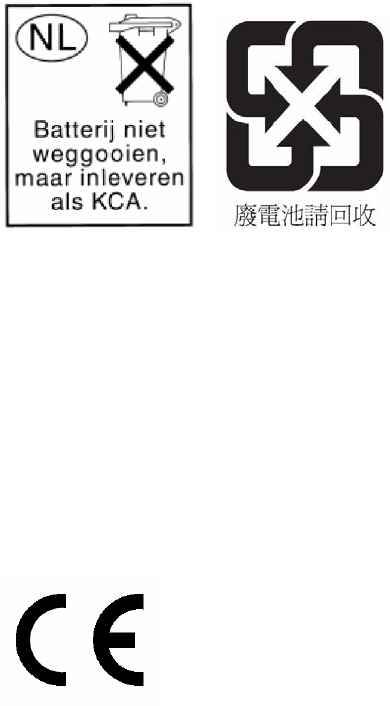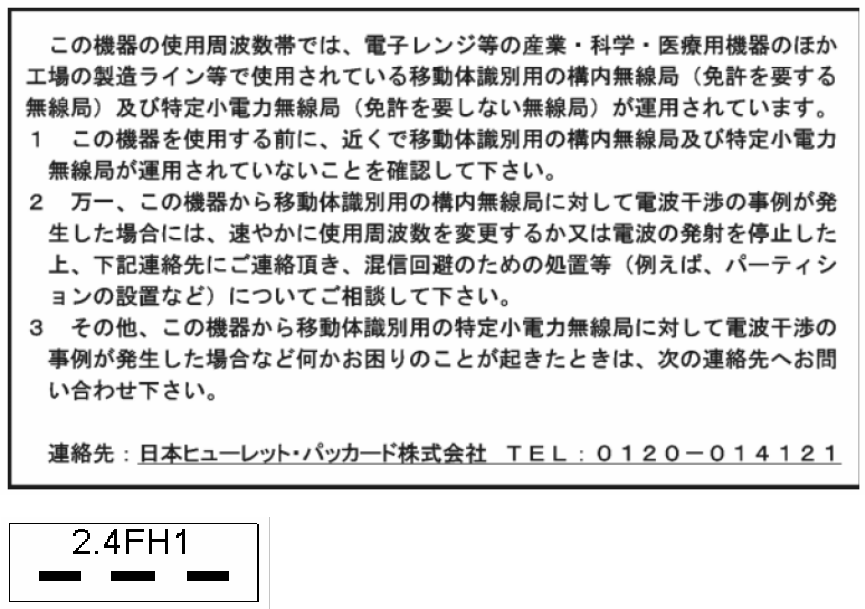KYE SYSTEMS GMZGZ Blue Tooth Mouse User Manual Manual BTOM US
KYE Systems Corp Blue Tooth Mouse Manual BTOM US
Manual

User Manual of Wireless Optical Mouse with Bluetooth Technology
System Requirements:
1. Pre-installed Windows 2000 or Windows XP
2. Pre-installed Bluetooth transceiver with Widcomm driver
3. Available pointing device
Set up your wireless optical mouse with Bluetooth technology:
1. Double click the My Bluetooth Device icon to launch Widcomm software.
2. Double click the Find Bluetooth Device icon in My Bluetooth Place folder to begin
Bluetooth device inquiring.
3. You will find the Bluetooth Mouse icon in the My Bluetooth Place folder of Entire
Bluetooth Neighborhood folder.
4. Click right key on the Bluetooth Mouse icon, and then click Connect Device or Pair
Device in the fast menu.
5. Click Yes to pair your wireless optical mouse with Bluetooth technology.
6. Follow the instructions to finish the pairing.
7. Your wireless optical mouse with Bluetooth technology works like a normal wireless
mouse after pairing, then you could remove the others pointing device safely.

Regulatory Compliance Notices
Wireless Notices
In some environments, the use of wireless devices may be restricted. Such restrictions may apply
aboard airplanes, in hospitals, near explosives, in hazardous locations, etc. If you are uncertain of
the policy that applies to the use of this device, please ask for authorization to use it prior to turning
it on.
WARNING: Exposure to Radio Frequency Radiation
The radiated output power of this device is far below the FCC radio frequency exposure limits.
Nevertheless, the device should be used in such a manner that the potential for human contact
during normal operation is minimized.
Batteries, battery packs, and accumulators should not be disposed of together with the general
household waste. In order to forward them to recycling or proper disposal, please use the public
collection system or return them to HP, their authorized partners, or their agents.
The Taiwan EPA requires dry battery manufacturing or importing firms in accordance with Article
15 of the Waste Disposal Act are required to indicate the recovery marks on the batteries used in
sales, giveaway or promotion. Contact a qualified Taiwanese recycler for proper battery disposal.
Canadian Regulatory Wireless Notice
Operation is subject to the following two conditions: (1) This device may not cause interference,
and (2) this device must accept any interference, including interference that may cause undesired
operation of the device.
European Union Notice
Radio product for indoor use in Home and Office environment operating in the 2.4 GHz band –
Bluetooth.
Declaration of Conformity
This product complies with the following EU Directives:
■ Low Voltage Directive 73/23/EEC
■ EMC Directive 89/336/EEC
■ R&TTE Directive 1999/5/EC

Compliance with these directives implies conformity to the following European Norms (in
parentheses are the equivalent international standards and regulations):
■ EN 55022 (CISPR 22) – Electromagnetic Interference
■ EN 55024 (IEC 61000-4-2, 3, 4, 5, 6, 8, 11) – Electromagnetic Immunity
■ EN 61000-3-2 (IEC 61000-3-2) – Power line harmonics
■ EN 61000-3-3 (IEC 61000-3-3) – Power line flicker
■ EN 60950 (IEC 60950) – Product safety
■ EN 300 328-2 – Data transmission equipment operating in the 2.4 GHz ISM band and using 2.4
GHz radio equipment using spread spectrum techniques
■ EN 301 489-1, -17 – General EMC requirements for radio equipment
The radio functionality of this equipment may be used in the following EU and EFTA countries:
Austria, Belgium, Cyprus, Czech Republic, Denmark, Estonia, Finland, France, Germany, Greece,
Hungary, Iceland, Ireland, Italy, Latvia, Liechtenstein, Lithuania, Luxembourg, Malta, Netherlands,
Norway, Poland, Portugal, Slovak Republic, Slovenia, Spain, Sweden, Switzerland and United
Kingdom.
Notice for Use in France and Italy Italy:
E’necessaria una concessione ministeriale anche per l’uso del prodotto. Verifici per favore con il
proprio distributore o direttamente presso la Direzione Generale Pianificazione e Gestione
Frequenze.
License required for use. Verify with your dealer or directly with General Direction for Frequency
Planning and Management (Direzione Generale Pianificazione e Gestione Frequenze).
France:
L'utilisation de cet equipement (2.4GHz Wireless LAN) est soumise a certaines restrictions: Cet
equipement peut etre utilise a l'interieur d'un batiment en utilisant toutes les frequences de 2400 a
2483.5MHz (Chaine 1-13). Pour une utilisation en environement exterieur, vous devez utiliser les
frequences comprises entre 2454-2483.5MHz (Chaine 10-13). Pour les dernieres restrictions, voir
http://www.art-telecom.fr.
For 2.4 GHz Wireless LAN operation of this product certain restrictions apply: This equipment may
be used indoor for the entire 2400-2483.5 MHz frequency band (channels 1-13). For outdoor use,
only 2454-2483.5 MHz frequency band (channels 10-13) may be used. For the latest requirements,
see http://www.art-telecom.fr.
Japanese Regulatory Wireless Notice

Brazilian Regulatory Wireless Notice
Este equipamento opera em caráter secundário, isto é, não tem direito a proteção contra
interferência prejudicial, mesmo de estações do mesmo tipo, e não pode causar interferência a
sistemas operando em caráter primário.
Federal Communications Commission Notice
This equipment has been tested and found to comply with the limits for a Class B digital device,
pursuant to Part 15 of the FCC Rules. These limits are designed to provide reasonable protection
against harmful interference in a residential installation. This equipment generates, uses, and can
radiate radio frequency energy and, if not installed and used in accordance with the instructions,
may cause harmful interference to radio communications. However, there is no guarantee that
interference will not occur in a particular installation. If this equipment does cause harmful
interference to radio or television reception, which can be determined by turning the equipment off
and on, the user is encouraged to try to correct the interference by one or more of the following
measures:
■ Reorient or relocate the receiving antenna.
■ Increase the separation between the equipment and the receiver.
■ Connect the equipment into an outlet on a circuit different from that to which the receiver is
connected.
■ Consult the dealer or an experienced radio or television technician for help.
Modifications
The FCC requires the user to be notified that any changes or modifications made to this device
that are not expressly approved by KYE Systems Corp. may void the user’s authority to operate
the equipment.

Cables
Connections to this device must be made with shielded cables with metallic RFI/EMI connector
hoods to maintain compliance with FCC Rules and Regulations.
Declaration of Conformity for Products Marked with the FCC Logo
(United States Only)
This device complies with Part 15 of the FCC Rules. Operation is subject to the following two
conditions: (1) this device may not cause harmful interference, and (2) this device must accept any
interference received, including interference that may cause undesired operation.
For questions regarding the product, contact:
Hewlett-Packard Company
P. O. Box 692000, Mail Stop 530113
Houston, Texas 77269-2000
Or, call 1-800-652-6672
For questions regarding this FCC declaration, contact:
Hewlett-Packard Company
P. O. Box 692000, Mail Stop 510101
Houston, Texas 77269-2000
Or, call 281-514-3333
To identify this product, refer to the Part, Series, or Model number found on the product.
Canadian Notice
This Class B digital apparatus meets all requirements of the Canadian Interference-Causing
Equipment Regulations.
Avis Canadien
Cet appareil numérique de la classe B respecte toutes les exigences du Règlement sur le matériel
brouilleur du Canada.
Japanese Notice
Korean Notice
